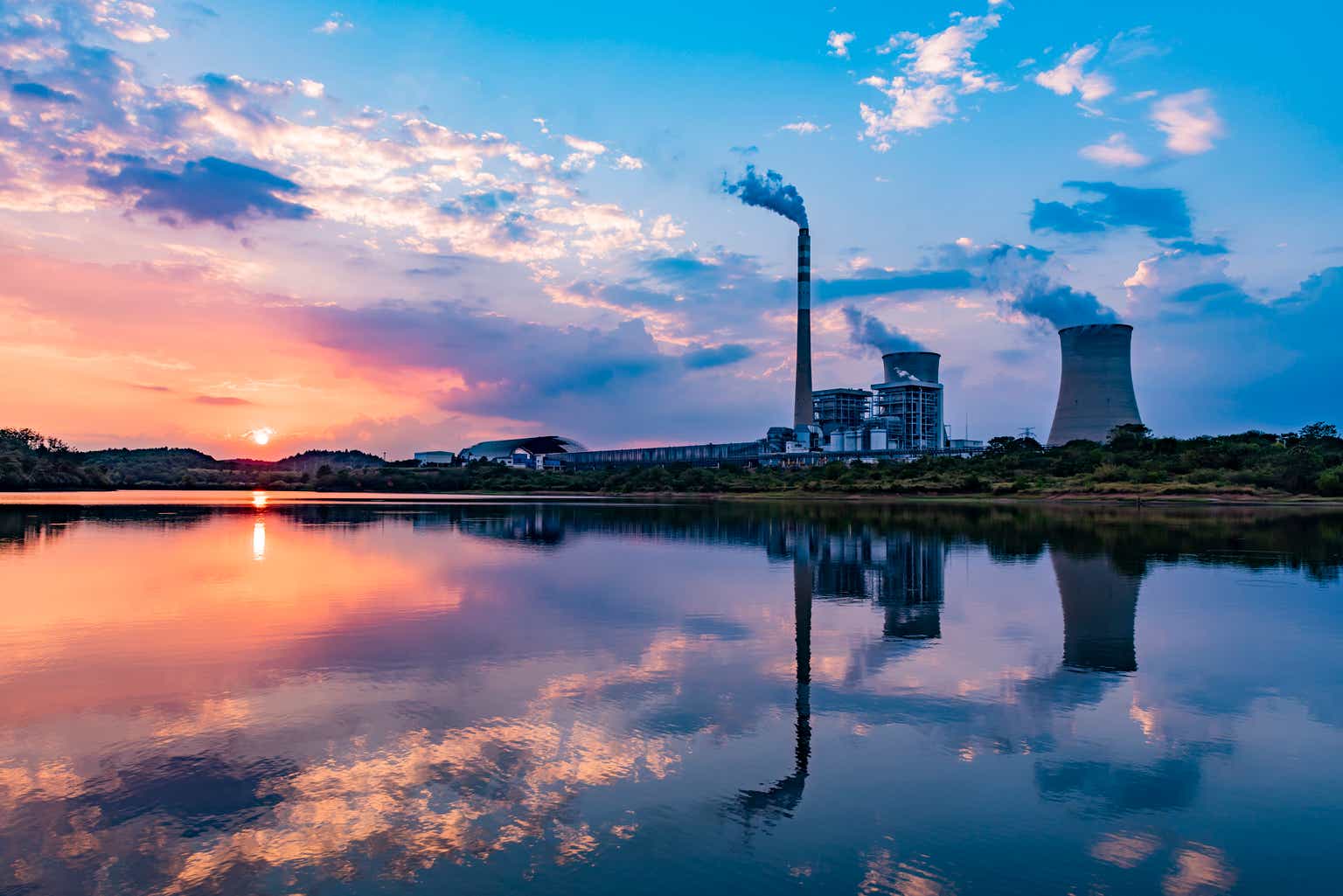Regular readers know that I am bullish on the long-term prospects of uranium, as I believe nuclear energy continues to play an essential role in global energy security and the transition to low-carbon energy sources.
Russia’s invasion of Ukraine placed a spotlight on the weakness in Europe’s reliance on Russian natural gas for electricity generation. Furthermore, although Western countries predominantly favour renewable energy sources like wind and solar, those sources often suffer from intermittency and low capacity and are not well suited for baseload generation. Therefore, I believe the current uranium bull market still has a long way to run and am constantly on the lookout for investment vehicles in the sector to supplement my current picks within the space, the Global X Uranium ETF (URA) and the Sprott Physical Uranium Trust (U.UN:CA).
This article reviews the VanEck Uranium+Nuclear Energy ETF (NYSEARCA:NLR) and compares it to the URA ETF.
Fund Overview
The VanEck Uranium+Nuclear Energy ETF tracks the performance of companies involved in uranium mining, the construction and maintenance of nuclear power reactors and facilities, the production of electricity from nuclear sources, and companies that provide technology or services to the nuclear power industry.
The NLR ETF has $65 million in assets and charges a 0.61% net expense ratio (Figure 1).

Figure 1 – NLR fund overview (vaneck.com)
Portfolio Holdings
Figure 2 shows the sector and country allocation of the NLR ETF. 43.7% of the fund is invested in energy companies, 42.5% is invested in utilities, 11.7% is invested in industrials, and 1.9% is invested in materials.
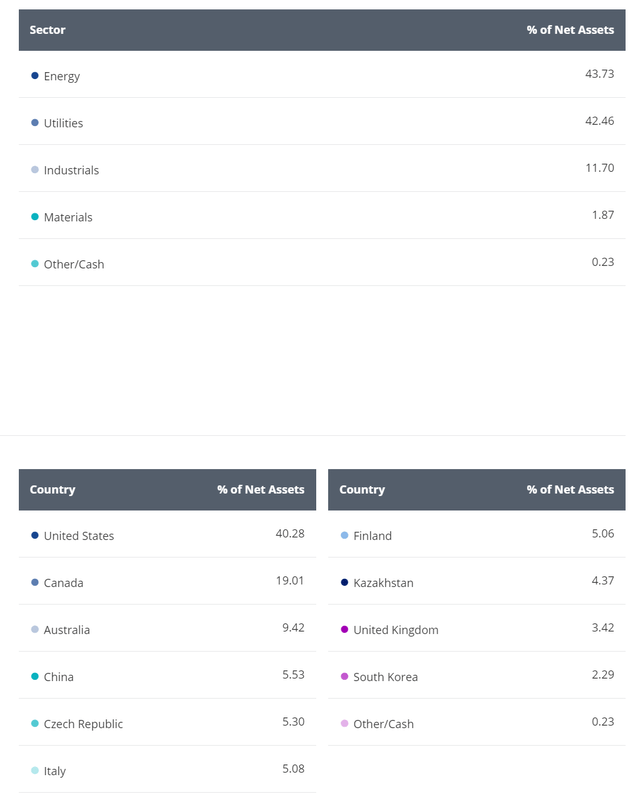
Figure 2 – NLR sector and country allocation (vaneck.com)
40.3% of the fund is domiciled in the U.S., 19.0% in Canada, 9.4% in Australia, 5.5% in China, and 5.3% in the Czech Republic.
The NLR ETF is a fairly concentrated fund with only 29 holdings. The top holdings are primarily utilities, with Cameco Corp (CCJ), Paladin Energy Ltd. (OTCQX:PALAF), and NexGen Energy Ltd (NXE) being the only uranium miner / developer within the top 10 holdings (Figure 3).
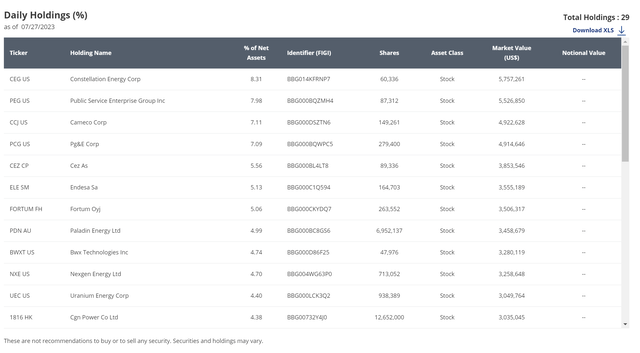
Figure 3 – NLR top 10 holdings (vaneck.com)
Returns
The NLR ETF has delivered strong returns in the short-term, with 1 and 3Yr average annual returns of 16.5% and 14.3% respectively to June 30, 2023. However, longer-term returns are more modest, with 5 and 10Yr average annual returns of only 5.8% and 6.5% respectively (Figure 4).
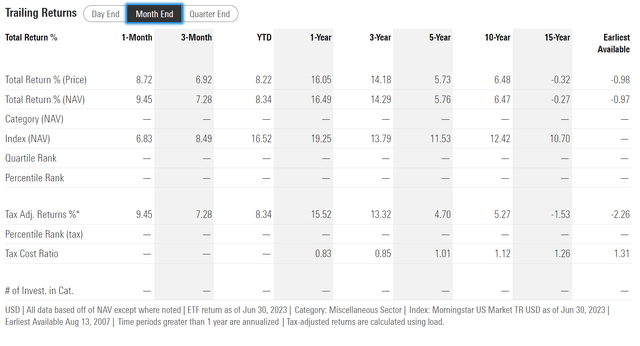
Figure 4 – NLR historical returns (morningstar.com)
Distribution & Yield
The NLR ETF pays an annual distribution, with the most recent 2022 distribution of $1.11 / unit equivalent to a trailing 1.9% yield.
NLR vs. URA
For investors bullish the uranium sector, should they invest in the NLR ETF or the URA ETF?
First, let’s compare the two funds in terms of their structure and fees. The URA ETF is a much bigger fund, with $1.55 billion in assets compared to only $65 million for NLR (Figure 5).
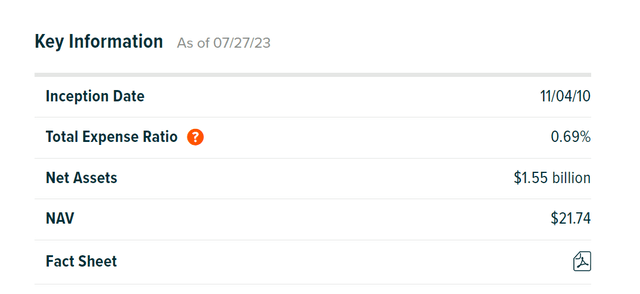
Figure 5 – URA fund structure (globalxetfs.com)
Bigger funds typically mean better liquidity for investors who wish to transact. For the NLR ETF, its smaller size translates into a wide median bid/ask spread of 0.36% (Figure 6).

Figure 6 – NLR has a 0.36% bid/ask spread (vaneck.com)
On the other hand, the URA ETF has a much tighter bid/ask spread of only 0.05% (Figure 7).
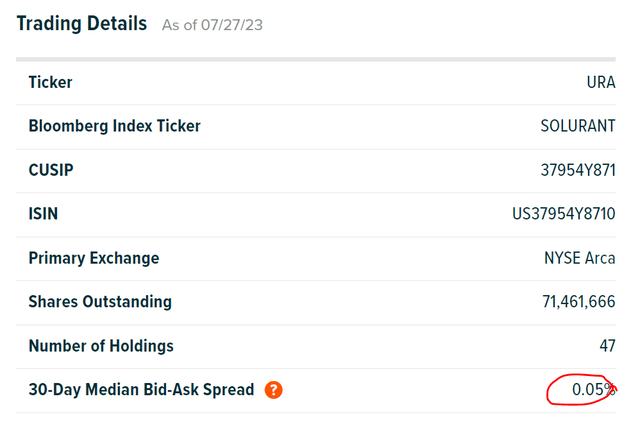
Figure 7 – URA has 0.05% bid/ask spread (globalxetfs.com)
The two funds have similar fees, with the NLR ETF charging a 0.61% net expense ratio compared to 0.69% for URA.
Next, in terms of historical returns, the URA ETF has performed far better in the past few years, with 1/3/5Yr average annual returns of 16.9%/29.1%/13.3% respectively to June 30, 2023 (Figure 8).
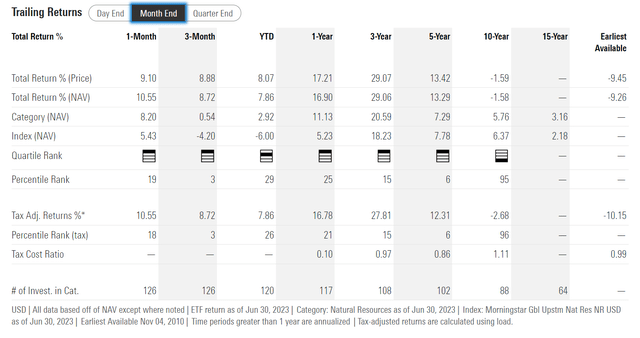
Figure 8 – URA historical returns (morningstar.com)
URA’s better performance can be primarily attributed to the ETF’s sector allocation, which does not have allocation to utilities, and has a much larger allocation to uranium miners and developers (Figure 9).

Figure 9 – URA sector allocation (globalxetfs.com)
Since uranium prices have risen in the past few years, URA’s more aggressive security allocation has led to better performance (Figure 10).

Figure 10 – Uranium prices have been rising in past 5 years (tradingeconomics.com)
However, the URA ETF does have a very poor long-term returns history, with -9.3% average annual returns since inception. This is because uranium miners suffered catastrophic losses in the early 2010s due to the Fukushima nuclear disaster, which effectively ended the prior uranium bull market (Figure 11).

Figure 11 – URA vs. uranium prices vs. NLR (Author created with price charts from stockcharts.com and tradingeconomics.com)
Investors debating between the URA and NLR ETF need to be aware that the URA ETF has much higher beta to uranium prices due to its larger sector weights in uranium miners and physical uranium. The URA ETF can be thought of as primarily a uranium mining / commodity fund, whereas the NLR is much more of a utilities fund with exposure to some uranium miners.
As I am bullish on the price of uranium, I believe the URA ETF is the better vehicle to capitalize on my views.
Conclusion
For investors bullish on the prospects of uranium prices and uranium miners, I believe the URA ETF is a much better investment vehicle compared to the NLR ETF as it has much higher allocations to the uranium sector. Furthermore, URA’s larger AUM means investors are able to transact in the units of the URA ETF much more easily.
Read the full article here


